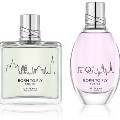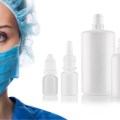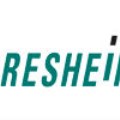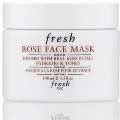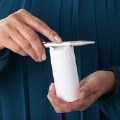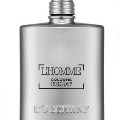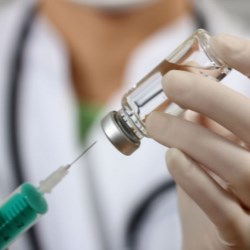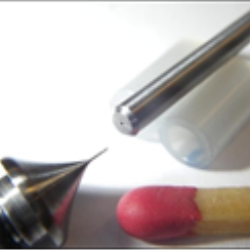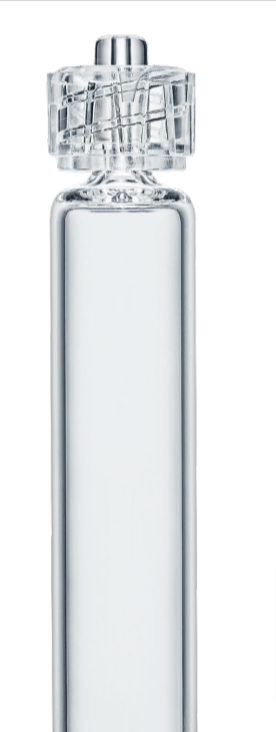Public
Gerresheimer Brochures
Gerresheimer Gallery
Gerresheimer Locations
Gerresheimer News
Gerresheimer Product Catalog
Gerresheimer Publications "Update"
Gerresheimer Videos
Subsidiaries
Sensile Medical
If this is your company, CONTACT US to activate Packbase™ software to build your portal.


Gerresheimer is one of just a few companies in the world to offer its customers both glass and COP syringes. At the PDA’s Universe of Pre-filled Syringes & Injection Devices Conference in Vienna on November 3 and 4, Bernd Zeiss of Gerresheimer and Yasuyuki Shiraishi of Taisei Kako will be talking about COP syringes in their presentation entitled "Prefillable COP Syringes – Growing Knowledge on System Performance and Properties" at the Austria Center Vienna conference room, 7.20 a.m. on November 4. On both days of the conference, Gerresheimer’s experts will be talking to interested conference participants and customers at booth 64/65.
“Over the past few years cyclical olefin polymers (COP) have proven to be highly suitable as a material for prefillable syringes alongside glass,” said Bernd Zeiss, Medical Systems Technical Support Manager at Gerresheimer in Bünde who is an expert in glass and plastic syringe solutions. Cyclical olefin polymers are an interesting alternative to glass as a result of their special properties.
Excellent barrier properties, transparent and break-resistant
COP’s excellent barrier properties effectively protect the content of the syringe. It is also transparent, which means that COP syringes are remarkably similar in appearance to glass syringes. This transparency makes it easy to visually check the content for clouding, particulate and other defects. COP syringes are also far more break-resistant than their glass counterparts.
The perfect packaging for biotech drugs
COP syringes can be used as a primary packaging for biotechnologically derived drugs. These are some of the most expensive drugs on the market and highly susceptible to external influences. They are manufactured in high-tech processes and involve complex development and production methods. So it makes sense to package these expensive and sensitive pharmaceuticals in the highest quality primary packaging. Another important product that is filled into COP syringes is hyaluronic acid, a key constituent of human tissue that performs many different functions. It is used in opthalmics, orthopedics and in cosmetic treatments.
The very precise injection molding process permits far exacter tolerances than the freeforming process used for glass syringes. Exact geometries are very important if the syringe is destined for use in an auto-injector or similar. These exact geometries also reduce the syringe’s dead volume so that less drug residue is left inside the syringe after use. This is a persuasive argument for manufacturers of expensive drugs.
Custom solutions for specific applications
Custom drug delivery devices with prefilled syringes are a must in the parenteral market because of the vast number of parenteral drugs that exist. That’s why Gerresheimer offers a comprehensive portfolio of high quality products in glass and COP, and adapts the syringe system to the customer’s individual requirements profile.
The Medical Systems development teams at the Technical Competence Centers in Bünde and Wackersdorf liaise with the customer to identify the ideal solution for the customer application, which might be either glass or plastic, and the fastest and most cost-effective way to the optimum product. This early liaison allows the development team to clarify whether the drug’s active ingredient is a small molecule or a complex biotech substance, if it will be used in an auto-injector, what the drug’s viscosity is and what its range of application is. It guarantees that the right material choices are made right from the outset and allows the development team to specify the syringe format. The last of the requirements to be clarified are the type of siliconization for the syringe barrel and the plunger head, because these define the syringe’s mechanical properties.

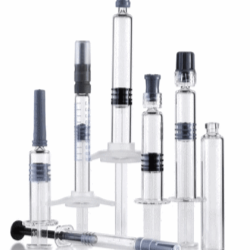

.jpg)
.jpg)
.jpg)
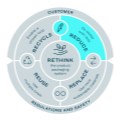
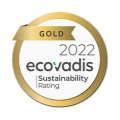
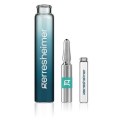


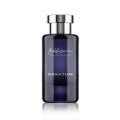
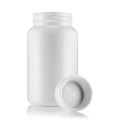

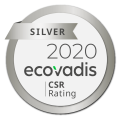
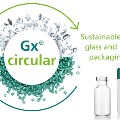
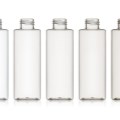
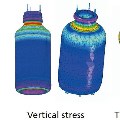
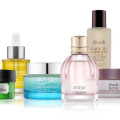
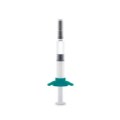
.jpg)
